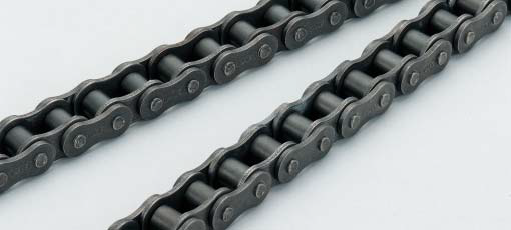This is a chain selection process taking deterioration of strength in relation to temperature into consideration. Please use acceptable lubricant to the temperature at which the chain would be to be made use of. Consult us for specifics.
one. Effects of temperature on the chains
1.one Results of high temperature
one) Increased put on caused by lower in hardness
two) Increased elongation caused by softening
three) Lubricant degradation, defective flexion caused by carbonization
four) Increase in dress in and defective flexion triggered by growth of scales
2. Kilowatt ratings according to temperature
1.2 Results of low temperature
one) Decrease in resistance to shock triggered by minimal temperature brittleness.
two) Defective flexion brought about by lubrication oil coagulation.
3) Defective flexion induced by adhesion of frost and ice.
4) Rusting induced by water-drops.
3. Chain Assortment in accordance to Temperature
(Chain speed=50m/min or much less)
4. Use of Stainless Steel Chains (SS, SSK) at large temperatures
Stainless steel chains (SS, SSK) is often made use of as much as 400??C, but be aware that the ambient temperature as well as the chain  temperature could differ. The power of the chain decreases as the temperature rises. In particular at high temperatures, the higher the temperature rises, the chain will rupture by a reduce load (creep rupture).
temperature could differ. The power of the chain decreases as the temperature rises. In particular at high temperatures, the higher the temperature rises, the chain will rupture by a reduce load (creep rupture).
Furthermore, defective flexion or defective chain revolution happens because of heat growth. In order to reduce this kind of issues, modify the clearance involving chains. Seek the advice of us when making use of chains at 400??C or larger.
Chains can not be utilized at 700??C or greater.